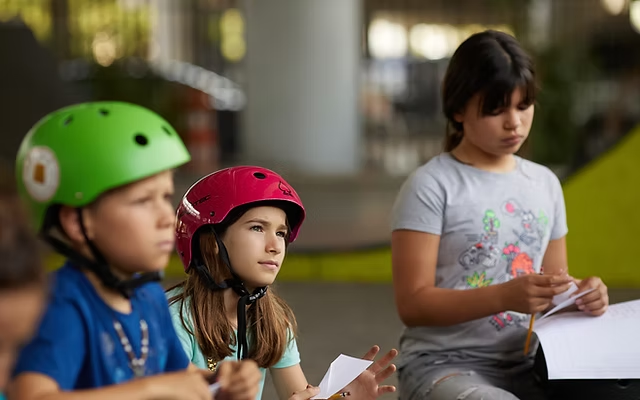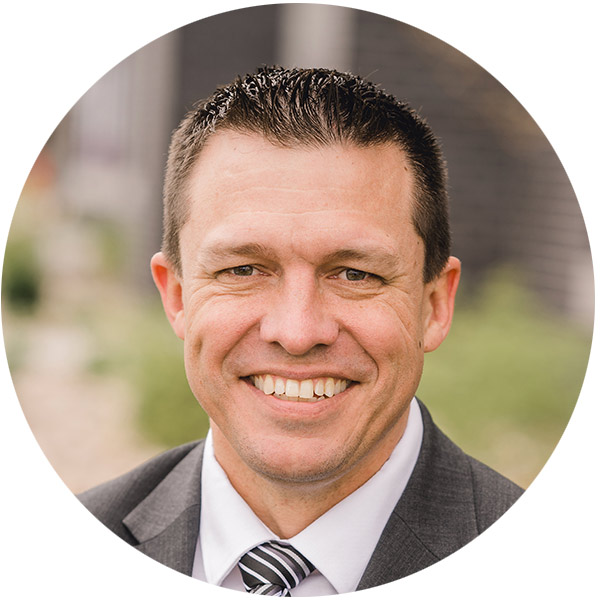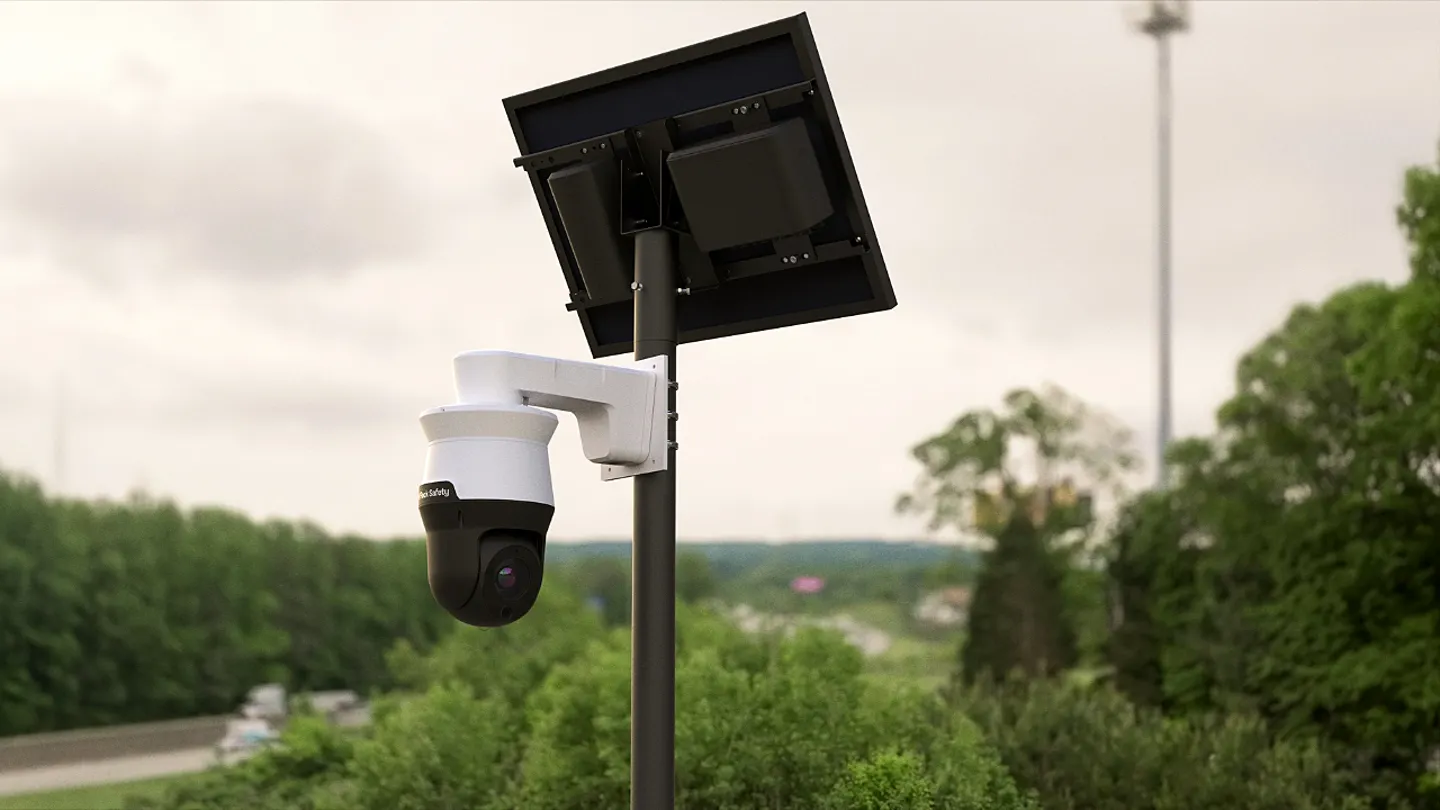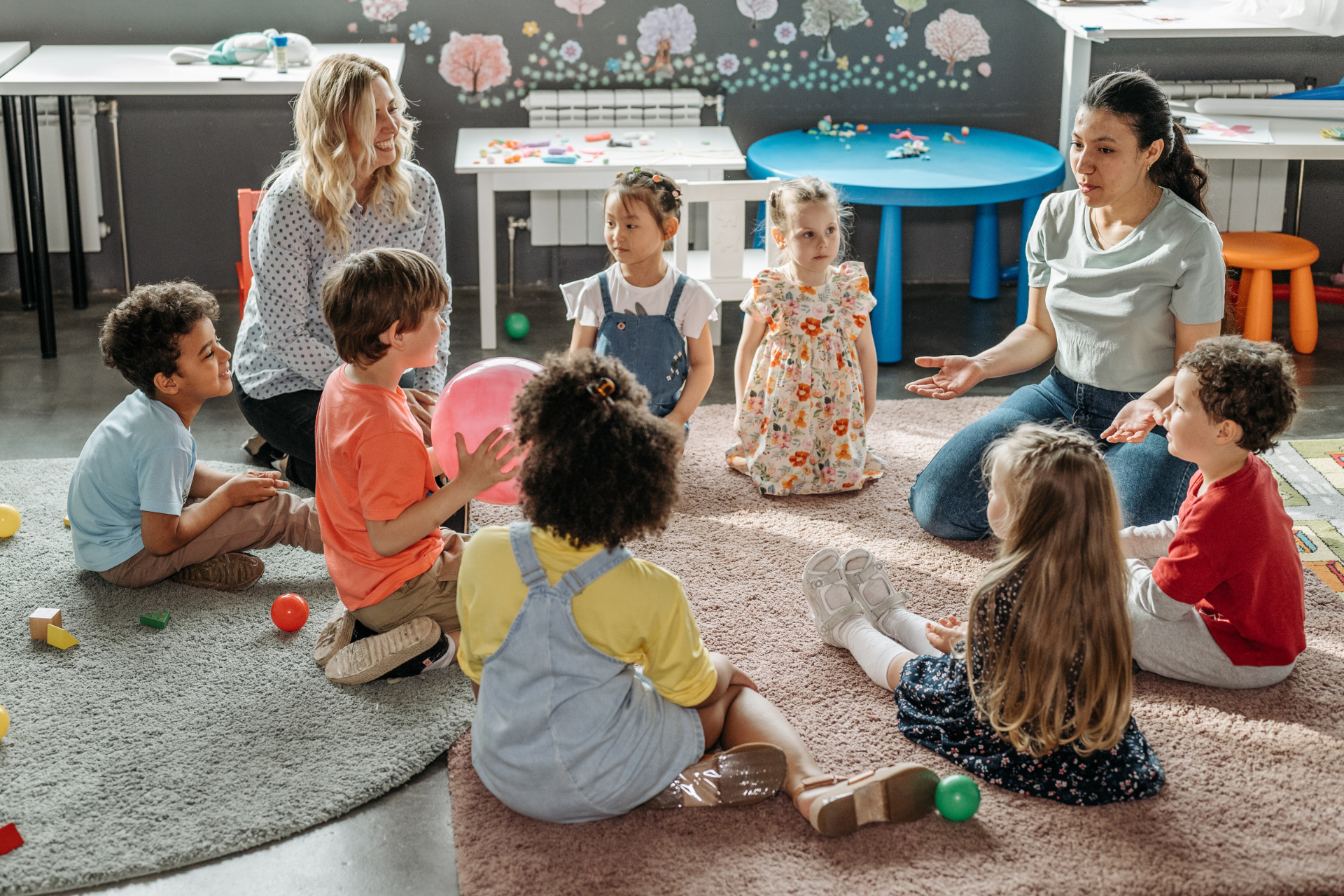Elon Musk wants education to be as engaging as a video game. That is why he created Ad Astra, a small private school originally designed for his children. But he didn’t want just another traditional school. Rather, he envisioned something entirely different: a school focused on creativity, problem solving, and individual growth.
While Musk represents a larger than life persona, his school is part of a quieter, revolutionary shift in education: the rise of microschools.
“Microschool” has become a catch-all term representing a variety of learning models. They are often low-cost private schools that offer personalized, flexible, and a community-driven learning experience. Although they have existed for decades, microschools began to surge in popularity during the Covid-19 pandemic.
What Is a Microschool?
Microschools come in many shapes and sizes. Some are as small as 10-15 students, resembling homeschool co-ops, while others serve over 100 students. Despite their diversity, they all share a commitment to doing things differently.
For example, some microschools emphasize low student-to-teacher ratios, ensuring that each student receives individualized attention. Others, like Musk’s Ad Astra, focus on project-based learning and let students set their own pace. Many microschools tailor their curriculum to students’ unique needs and interests, allowing them to go faster or slower as required.

Microschools can be highly creative. Surf Skate Science, based in South Florida, teaches science through surfing and skateboarding. Students study marine life, skateboard design, the engineering of concrete, and the physics of waves, all while earning physical education and science credits.
Programs like these show how microschools can engage kids in unconventional ways, sparking curiosity and a love for learning.
Why Consider a Microschool for Your Child?
Microschools thrive on flexibility, a feature that makes them uniquely capable of meeting students where they are. Traditional schools often struggle to adapt to individual learning speeds or changing circumstances. Microschools, on the other hand, can shift their approach, pacing, and curriculum to suit their students. This adaptability accelerates learning, fosters creativity, and provides students with the skills they need to succeed in the modern world.
For example, Breakout School, a microschool for students with ADHD and autism, turns what many see as challenges into superpowers. Founder Dal Richardson believes outdoor learning is key, with students spending 80-90% of their time outside. His approach allows students to take breaks as needed and learn at their own pace. According to Richardson, his students often excel when they return to traditional settings.
Microschools Are More Than a Trend
The appeal of microschools is clear: they work. Programs like Surf Skate Science have seen tremendous growth, expanding from 40 students before the pandemic to over 250 weekly participants today. This surge reflects a broader trend of families seeking innovative and flexible educational models that cater to individual student needs and interests.
Public policies are catching up. States like Florida now allow taxpayer-funded spending accounts to support homeschooling and microschool programs, making these innovative options more accessible to families. This trend reflects what many parents have realized: traditional schooling isn’t the only—or the best—way to educate their children.
Reimagining Education for a New Era
Microschools represent a seismic shift in how we think about education. As Toni Frallicciardi, founder of Surf Skate Science, describes it, we’re living in an “educational renaissance.” Families are looking beyond standardized classrooms to find approaches that work for their kids. They’re embracing flexibility, creativity, and the idea that education can happen anywhere—from a surfboard to a skatepark to a small classroom in a co-op.
Elon Musk’s Ad Astra did not spark the microschooling movement, but his efforts, along with countless others, point to an exciting truth: education doesn’t need to be one-size-fits-all. Microschools offer a way to rethink what learning can look like, creating opportunities for children to explore their passions, develop their talents, and truly love learning.
If you’re a parent considering alternatives for your child, it’s worth exploring the microschools in your community. Whether your child thrives outdoors, needs individualized attention, or just wants to learn in a way that feels meaningful, a microschool might be the perfect fit. The future of education is here—and it’s smaller, smarter, and more connected than ever.






